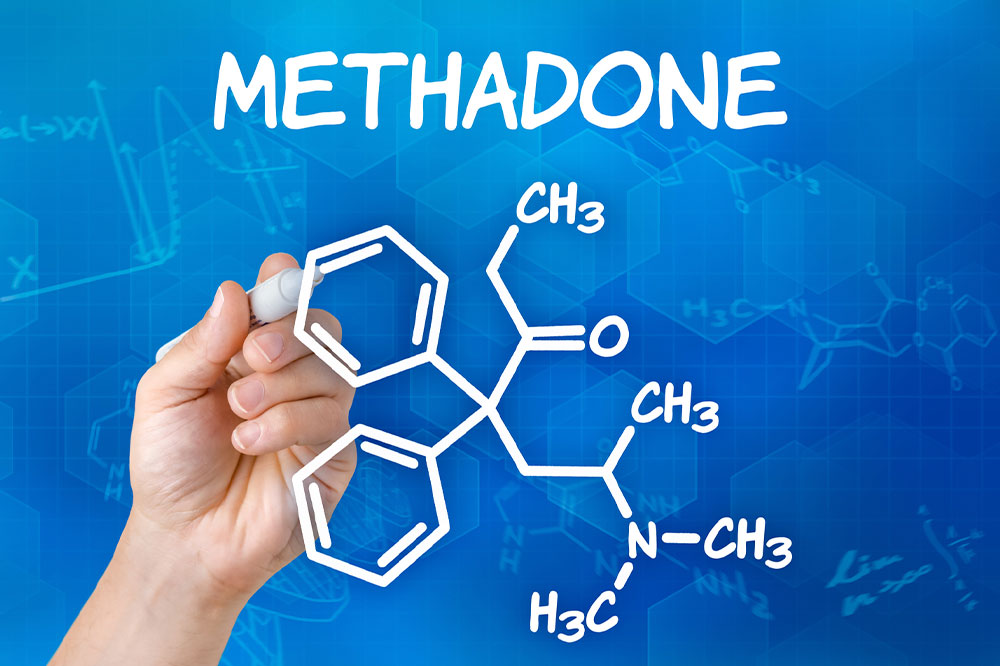Comprehensive Guide to Understanding and Overcoming Painkiller Addiction
This comprehensive guide explores the dangers of painkiller dependence, including opioids like Vicodin and OxyContin. It covers how dependence is diagnosed, signs to look for, and effective treatment options such as therapy, support groups, and medication-assisted therapies. The article emphasizes the importance of early intervention, ongoing medical follow-up, and psychological support to achieve long-term recovery. Raising awareness of opioid risks and promoting safe medication use are essential to address the growing epidemic of prescription drug addiction in North America.

Comprehensive Guide to Understanding and Overcoming Painkiller Addiction
Painkiller dependency, particularly related to opioids, has become a significant health concern across North America. As the epidemic grows, understanding the key factors surrounding addiction is crucial for effective treatment and recovery. Recent statistics from the American Society of Addictive Medicine highlight the alarming rise in overdose deaths involving prescription medications such as Vicodin and OxyContin, with figures exceeding 20,000 fatalities in 2015 alone. This trend underscores the urgent need for public awareness, proper medical practices, and accessible treatment options.
Opioids, including medications like OxyContin and Vicodin, are derived from the opium poppy plant and have legitimate uses in managing severe pain. However, their high potential for abuse and addiction has led to widespread misuse, doubling the risks of dependence even in cases of short-term therapy. These drugs form the basis of illegal substances such as heroin, which shares similar chemical properties and addictive potential. The transition from medical use to abuse can occur quickly if proper precautions are not taken. Therefore, understanding the nature of these substances and the risks involved is vital for both healthcare professionals and patients.
Identifying addiction early can prevent serious health consequences. Healthcare providers utilize a comprehensive approach to diagnose painkiller dependence, often through careful interviews that explore the patient's medication use patterns. These assessments help determine whether a patient is relying excessively on the medication or using it as a way to escape emotional or physical pain. Key questions addressed during diagnosis include:
Am I taking these medications purely based on medical recommendations?
Is there a genuine underlying cause of my pain that requires ongoing treatment?
Are my current doses appropriate, or am I using medications to cope with emotional distress?
Do I experience withdrawal symptoms such as chills, nausea, or anxiety when I miss doses?
Recognizing these signs is crucial for prompt intervention and successful recovery.
When a healthcare professional confirms a diagnosis of painkiller dependence, an individualized and comprehensive treatment plan is developed. Effective management of addiction involves addressing the physical dependency as well as the emotional and psychological factors that contribute to substance abuse. The key components of such a treatment plan include:
Building Support Systems: Overcoming dependence often involves feelings of shame or isolation. Support groups, counseling, and rehabilitation programs can offer vital encouragement, accountability, and a sense of community to individuals struggling with addiction. These resources help patients stay motivated and committed to their recovery journey.
Consistent Medical Follow-ups: Regular check-ins with healthcare providers ensure ongoing monitoring of progress, medication management, and adjustment of treatment strategies as needed. Maintaining open communication with medical professionals is essential for preventing relapse and addressing any emerging challenges swiftly.
Psychological Counseling: Therapy sessions, particularly cognitive behavioral therapy (CBT), play a crucial role in uncovering the root causes of addiction. These sessions help individuals identify emotional triggers, develop healthier coping mechanisms, and build resilience against future cravings or relapses.
Medication-Assisted Treatment (MAT): After formal treatment, some patients benefit from ongoing medication therapies such as methadone, buprenorphine, or naltrexone. These medications are designed to reduce cravings, prevent withdrawal symptoms, and support long-term sobriety, especially in cases of severe dependency.
Cognitive Behavioral Therapy (CBT): This evidence-based approach targets thought and behavior patterns associated with drug use. It helps patients recognize and modify maladaptive thoughts, develop coping strategies, and foster a positive mindset conducive to sustained recovery.
In conclusion, overcoming painkiller dependence requires a multi-faceted approach that combines medical treatment, psychological support, and community involvement. Raising awareness about the risks associated with opioid use and promoting safe prescribing practices are essential steps in combating this epidemic. If you or a loved one are struggling with dependence, seeking help from qualified healthcare providers and engaging in supportive programs can lead to a healthier, drug-free life.





